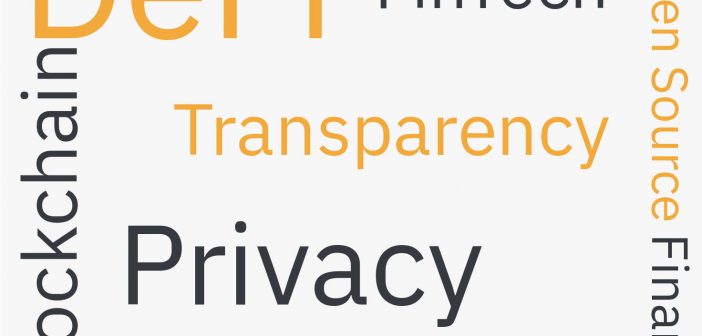India’s fintech sector is experiencing a boom. Fueled by a growing smartphone base and a government push for digitalization, the industry is brimming with innovation. However, a significant portion of this innovation exists in a regulatory grey area – the domain of unregulated fintech companies. This article explores the rise of these companies, examining the potential benefits and the inherent risks they pose to India’s financial landscape.
A Landscape Ripe for Disruption
India’s traditional financial system is riddled with inefficiencies. Limited branch networks, complex documentation processes, and a lack of financial literacy create barriers for a significant portion of the population. This fertile ground has fueled the rise of fintech companies offering faster, cheaper, and more convenient financial services through mobile apps.
Unregulated fintech companies, unburdened by the shackles of strict licensing and regulatory oversight, are often at the forefront of this disruption. They experiment with innovative business models, cater to niche markets, and reach underserved populations through mobile penetration.
A 2023 report by The Hindu Business Line highlights the emergence of neo-banking platforms like Open and NiyoX, which offer salary accounts and other banking services without a physical branch network [1]. These companies partner with traditional banks to leverage their licenses while offering a digital-first experience.
The Allure of Unregulated Fintech: Democratizing Finance?
The rise of unregulated fintech holds several potential benefits for India.
-
Financial Inclusion: These companies can reach populations unbanked by traditional institutions due to geographical limitations or complex documentation requirements. A 2022 report by the World Bank’s Findex database estimates that 80% of India’s adult population now has an account at a formal financial institution, with digital accounts playing a significant role [2]. Fintech companies have undeniably contributed to this progress.
-
Innovation: Unfettered by regulatory constraints, these companies can experiment with new technologies and business models. This fosters competition and drives innovation in the financial sector, ultimately benefiting consumers. For instance, the rise of peer-to-peer (P2P) lending platforms like BharatPe and MobiKwik has provided alternative financing options for small and medium businesses (SMBs) that may struggle to secure loans from traditional banks [5].
-
Improved User Experience: Unregulated companies often prioritize user experience with sleek mobile apps and streamlined processes. This convenience can attract younger generations and those less familiar with traditional banking systems.
The Shadow Side: Risks and Regulatory Concerns
While the potential benefits of unregulated fintech are attractive, significant risks lurk beneath the surface.
-
Consumer Protection: The absence of regulatory oversight leaves consumers vulnerable to fraud, data breaches, and unfair lending practices. A 2021 report by The Indian Express highlighted concerns regarding predatory lending practices by some P2P lending platforms, with exorbitant interest rates and aggressive recovery tactics [6].
-
Financial Stability: Unregulated institutions pose a systemic risk to financial stability. Their lack of capital adequacy requirements and potential for interconnectedness with the broader financial system could amplify financial shocks.
-
Money Laundering and Terror Financing: Unregulated platforms can be exploited by criminals for money laundering and terror financing activities. The lack of stringent KYC norms and transaction monitoring can create loopholes for illicit activities.
Seeking a Middle Ground: Regulatory Sandbox and the Path Forward
The rise of unregulated fintech necessitates a nuanced approach from regulators. A complete crackdown could stifle innovation. However, blind disregard for risks can have severe economic and social consequences.
The Reserve Bank of India (RBI) has acknowledged this challenge. In 2020, it introduced a regulatory sandbox framework that allows fintech companies to test innovative solutions in a controlled environment [7]. This initiative fosters innovation while providing a safety net for potential risks.
Conclusion: A Collaborative Future for Fintech
India’s fintech sector is at a crossroads. Unregulated fintech companies represent a potent force for financial inclusion and innovation. However, mitigating the associated risks requires a collaborative effort.
The RBI needs to create a regulatory environment that fosters innovation while protecting consumers and maintaining financial stability. This could involve introducing risk-based regulations, streamlining licensing processes, and promoting self-regulation within the fintech industry.
Fintech companies, on the other hand, need to embrace responsible innovation and build trust with consumers and regulators. Implementing robust data security protocols, adopting fair lending practices, and actively cooperating with regulatory bodies are crucial steps.
India’s fintech revolution holds immense promise for financial inclusion and economic growth. By achieving a balance between innovation and regulation, the country can truly harness the potential of this dynamic sector and create a win-win situation for all stakeholders.






